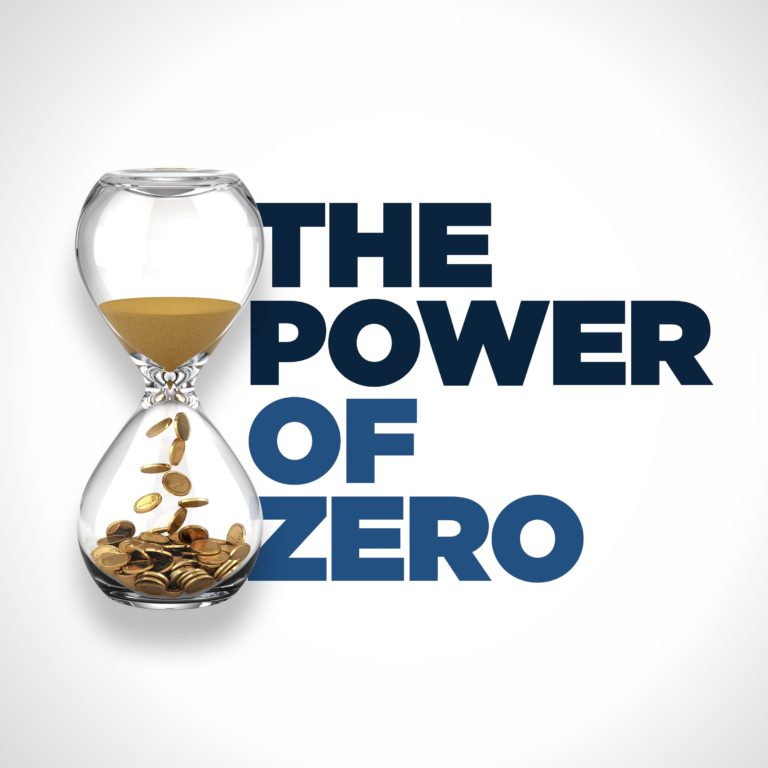A Democratic representative out of California has introduced a bill to change the way that Social Security cost of living adjustments are calculated. It proposes to link the Social Security increase each year to the Consumer Price Index for the Elderly, instead of the CPI for Workers.
The difference between the two indexes over the course of a 30-year period is roughly 0.2% each year, which doesn’t sound like much, but when you compound that over the 30 years, it adds up quickly.
The cost of living adjustment has only passed 2% twice since 2010. If you add up all the growth in the CPIE, it would amount to an increase of 10.1%, versus the CPIW which only amounted to 8%.
Switching may not necessarily be good for seniors, with gasoline prices being weighted disproportionately between the two.
Inflation has been in the news a lot recently. Increasingly as time goes on, politicians are going to be tempted by the Modern Monetary Theory proponents to print more money to solve their fiscal problems, and the end result is going to be inflation.
The Senior Citizen’s League is estimating that the Social Security cost of living adjustment could be as high as 6.1% in 2022, which would be the highest cost of living adjustment in a very long time.
The proposed bill has yet to receive a vote, but the bill has overwhelming support from those currently on Social Security.
Prior to Covid, we knew that Social Security was slated to run out of money in 2035. Because of the additional spending during the pandemic, Social Security could run out of money in 2032 with Medicare running out in 2023 instead of 2026. This means that the likelihood of higher taxes is closer than we thought.
This bill would likely bankrupt the program at an even greater acceleration.
A better way to increase your own Social Security is to position your assets from tax-deferred to tax-free. Anything above and beyond the ideal balance in your taxable and tax-deferred buckets should be systematically repositioned to tax-free.
With the right amount of money in the first two buckets in a rising tax rate environment, and everything else positioned as tax-free, you can be perfectly positioned to insulate yourself from the impact of higher taxes, but also get your Social Security tax-free.
Simply positioning your assets properly between those three buckets will add an extra five to seven years to your retirement.
You can choose to rely on the government, or you can be proactive in positioning your assets.



